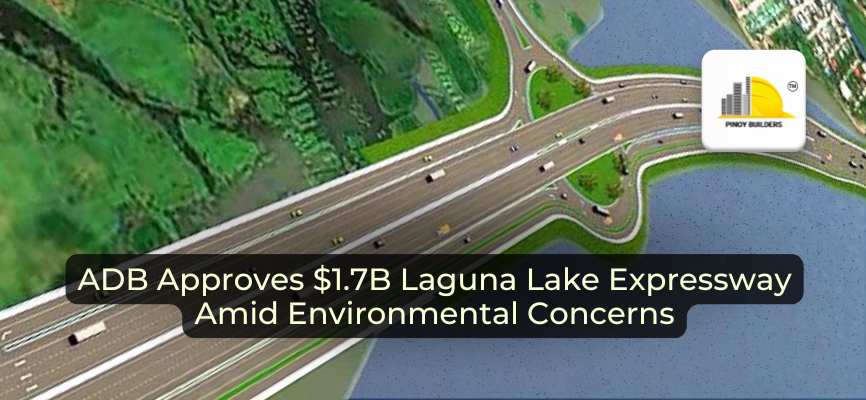The Asian Development Bank (ADB) has approved a $1.7 billion funding package for the construction of a 37.5-kilometer expressway around Laguna Lake, the Philippines’ largest freshwater lake.
While the project promises to significantly improve connectivity between Manila and neighboring Laguna, it has sparked concerns about its environmental and social impact.
The Laguna Lakeshore Road Network (LLRN) aims to reduce travel time by 25% between Taguig City and Calamba, benefiting millions of commuters.
The project will also enhance regional trade by improving access to key ports and industrial hubs in Luzon, supporting the government’s economic corridor plans.
ADB’s $1.2 billion first tranche, combined with loans from the Export-Import Bank of Korea and the Asian Infrastructure Investment Bank, will fund the road’s construction, including bridges and viaducts over waterways.
However, the expressway’s route raises concerns among local communities and environmental advocates as thousands of families living along the lake depend on fishing, agriculture, and small businesses, and there are fears the project may lead to displacement or loss of livelihood.
Conservationists warn that the construction could disrupt fragile ecosystems around the lake, affecting water quality and aquatic life.
Additionally, the area is prone to flooding and typhoons, raising questions about the resilience of the expressway against climate-related risks.
In this regard, the ADB has committed to integrating climate- and disaster-resilient features into the development, but local stakeholders remain cautious.
While the expressway promises economic benefits and improved access to markets and services, experts stress the need for a balanced approach, ensuring that the project addresses both infrastructural and environmental concerns, which will be key to its success and its long-term impact on local communities.










